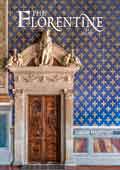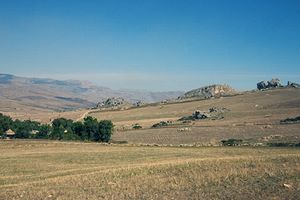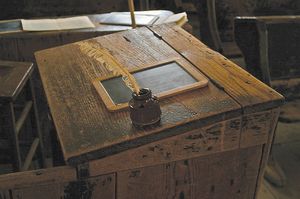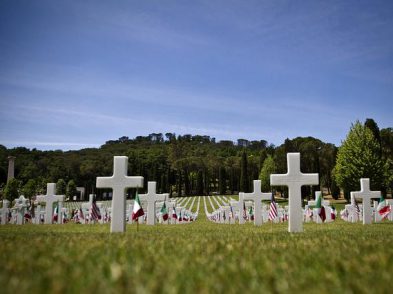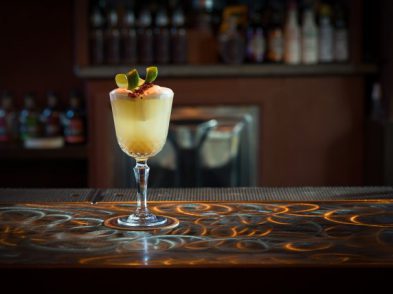‘To become truly immortal, a work of art must escape all human limits’, painter Giorgio de Chirico once said. ‘Logic and common sense only interfere’. The immortality of this late artist’s ‘illogical’ work was proven with the recent opening of an exhibition in Fiesole, titled Giorgio de Chirico e un Novecento prima e dopo la Transavanguardia, (Giorgio de Chirico and the Twentieth Century Before and After the Transvanguard). The show, curated by Giovanni Faccenda, features 16 pieces by de Chirico, a painter credited for starting the metaphysical art movement in the early 20th century.
His unique style, which reached the height of experimentation toward the end of the 1910s, depicts idealized cityscapes while playing with the confines of believable space and matter. Ordinary elements of metropolitan areas—columns, smoke stacks or statues—are often placed out of context and represented as deceptive visions from other worlds. Distinctive traits of de Chirico’s metaphysical art include sharp linear perspective and long depths of field, accented with streaks of afternoon silhouettes. ‘There is more mystery in the shadow of a man walking on a sunny day than in all religions of the world’, de Chirico affirmed.
Son of a Genovese mother and Sicilian father, de Chirico was born in Volos, Greece, in 1888. At the age of 22, he moved to Florence after studying at the Academy of Fine Arts in Munich. Immediately fascinated with Tuscan architecture, he was deeply inspired by the city’s spacious piazzas and urban landscapes. One of his first successful paintings, Enigma of an Autumn Afternoon, reflects the vast, ethereal sensations he experienced when walking through Piazza Santa Croce.
By 1914, de Chirico left Florence and was discovered in Paris by poet Guillaume Apollinaire. He would eventually return to Italy, however, after enlisting in the army during World War I. Deemed unfit for battle, de Chirico worked in military hospitals, where he met artist-contemporary Carlo Carrà. The two friends heavily influenced each other’s technique and eventually co-founded the scuola metafisica. This movement would later have much impact on surrealist artists, such as Salvador Dalí, and spur the development of Dada.
De Chirico died in 1978. The 16 paintings on display in Fiesole are dated between 1934 and 1975, after the painter permanently settled in Rome with his wife, Isabella Pakszwer Far. His medium of choice was oil on canvas, although some of his smaller pieces are painted with tempera or watercolor on paper. Along with piazzas and buildings, de Chirico chose horses and peasants as his subject matter. Solid, bold brushstrokes characterize his still-life settings, while his portraits of horses have a rougher, more sketch-like quality to better portray the animal’s movement. Nevertheless, de Chi-rico’s most notable characteristic is the blending of human anatomy with architecture, harking back to the ‘ideal proportions’ of the Renaissance. Some of his most intriguing and bizarre images juxtapose mannequin heads with austere structural design.
The Fiesole exhibition, sponsored by Galleria Spagnoli, www.galleriaspagnoli.it, will be at Sant’Alessandro Basilica until June 3.
The gallery is open every day between 9:30am and 7pm, and an inclusive ticket costs 5 euro at the door.
For more information on the show, call toll-free (800/414240) or visit Fiesole’s official Web site: www.comune.fiesole.fi.it
